Marine Science
How extremophiles handle the briny deep
Single-cell analysis of microbes from Red Sea deep brine pools reveals the genetic innovations needed to thrive in extreme conditions.

Microbes living in one of the world’s saltiest marine habitats have developed a genetic ‘switch’ to tolerate hypersaline conditions. By comparing the genomes of single-cell microbes living two kilometers under the surface of the Red Sea, a KAUST-led team identified how external protein modification and cocktails of solutes can combat osmotic stress1.
Ulrich Stingl of the Red Sea Research Center and colleagues overcame sampling challenges to identify the ammonia-oxidizing and carbon dioxide-fixating properties of microbes in some 25 deep water brine pools under the sea.
The brine pools of the Red Sea have been largely unexplored in the past. Unlike most other environments on earth, these brine pools are oxygen-free, contain elevated quantities of heavy metals, and have salinity levels higher than 25 percent. But the little studied brine–seawater interfaces (BSIs) that surround the hypersaline pools are remarkable hotspots for ‘extremophiles’, such as single-celled Thaumarchaea microbes, that can metabolize inorganic nutrients under inhospitable conditions.
Capturing the Thaumarchaea microbes in BSIs is no easy task. According to co-author David Ngugi, typical difficulties of deep-sea sampling are magnified by the nature of the transition zone. To overcome the dramatic changes in salinity, temperature and pressure in the BSIs, the team developed specialized ‘toolboxes’ to probe the mysterious extremophiles.
Once collected, the microbes were to be analyzed using comparative genomics. However, the researchers faced another challenge in accessing genomes, notes Ngugi. “Handling extremophiles is not easy — any exposure of the cells to distilled water would disrupt their membranes and contaminate all the samples with unwanted DNA.”
In collaboration with the Single Cell Genomics Center at Bigelow in the United States, the team painstakingly removed the DNA from the microbe cells and assembled them into genomes using a novel automated sequencing pipeline.
They found that the predominant microbe was a new species of the ammonia-oxidizing Thaumarchaea, Nitrosopumilus. Surprisingly, this microbe was found in every BSI habitat despite significant differences in environmental salinity and chemistry. Furthermore, the Thaumarchaeon’s genetic code was closely related to microbes found near the Red Sea surface, while differing greatly from those found in deep seawater.
However the genomic analysis revealed that the new species encoded for a proline–glutamate ‘switch’ that may help the microbe to synthesize, absorb and shift osmolytes such as ectoine, glutamate and proline. These osmolytes play a role in maintaining cell volume and fluid balance. “The long-term selective pressures imposed by salt stress has led to genetic innovations that separates them from their counterparts,” says Ngugi.
The researchers also suggest that in the future novel chemicals could be synthesized from these deep-sea microbes with novel implications for biotechnology and industry.
References
- Ngugi, D. N., Blom, J., Alam, I., Rashid, M., Ba-Alawi, W., Zhang, G., Hikmawan, T., Guan., Y., Antunes, A., Siam, R., El Dorry, H., Bajic, V. & Stingl, U. Comparative genomics reveals adaptations of a halotolerant thaumarchaeon in the interfaces of brine pools in the Red Sea. The ISME Journal 9, 396-411 (2014).| article
You might also like
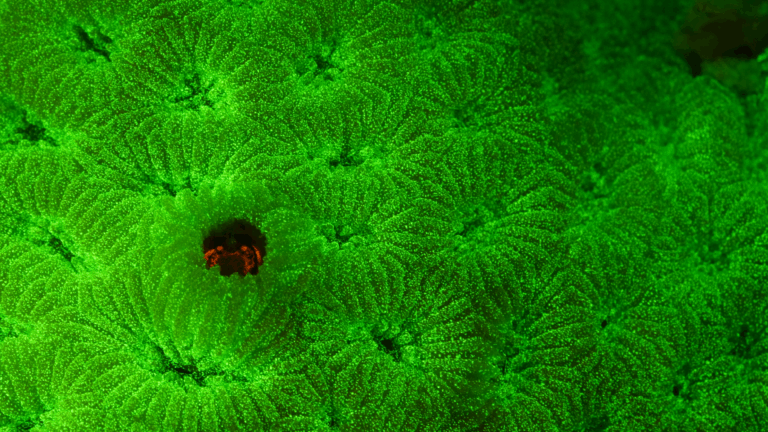
Marine Science
Tiny crabs glow to stay hidden
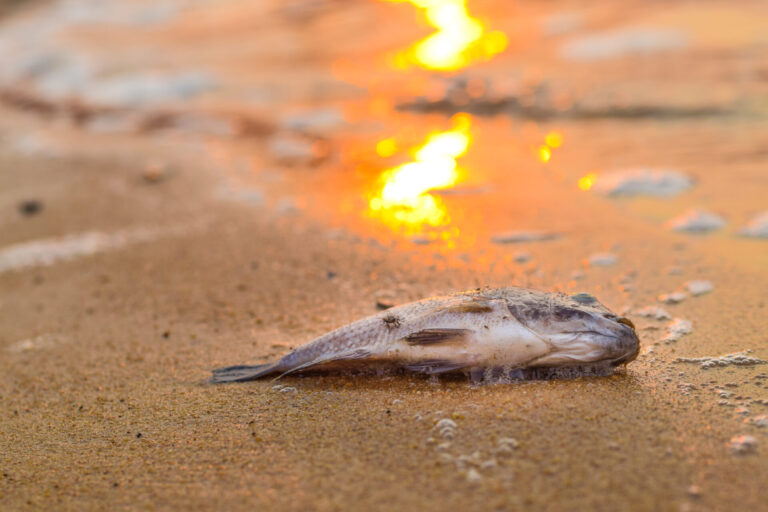
Marine Science
Mass fish deaths linked to extreme marine heatwave in Red Sea
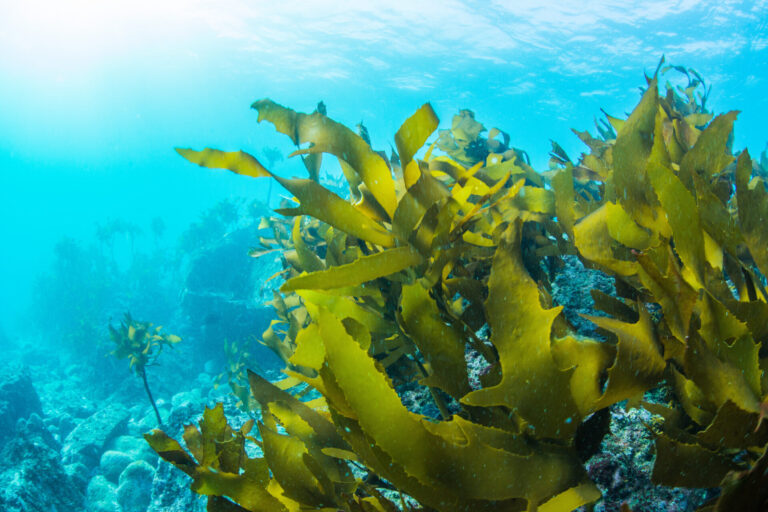
Marine Science
Weeding out the secrets of Red Sea macroalgae

Bioscience
Digging into the world of plant-growth-promoting microbes
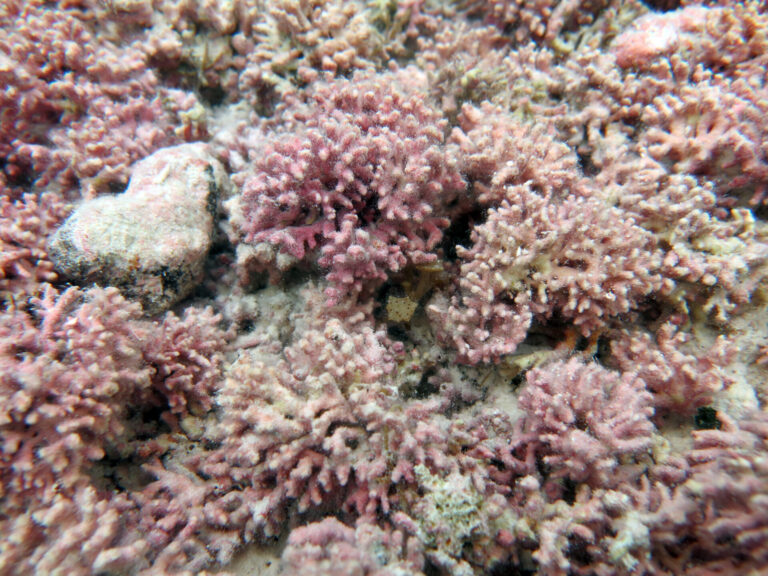
Marine Science
Rhodoliths found in a surprise location

Bioscience
Unique microbiome discovered in mountain streams
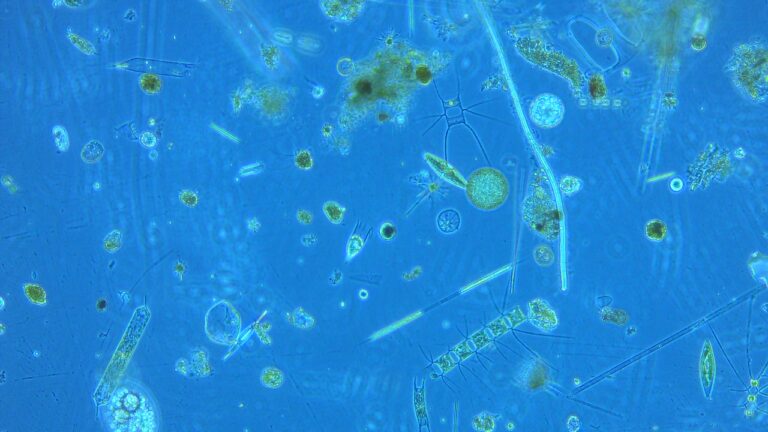
Marine Science
Examining phytoplankton’s past to reduce future algal blooms
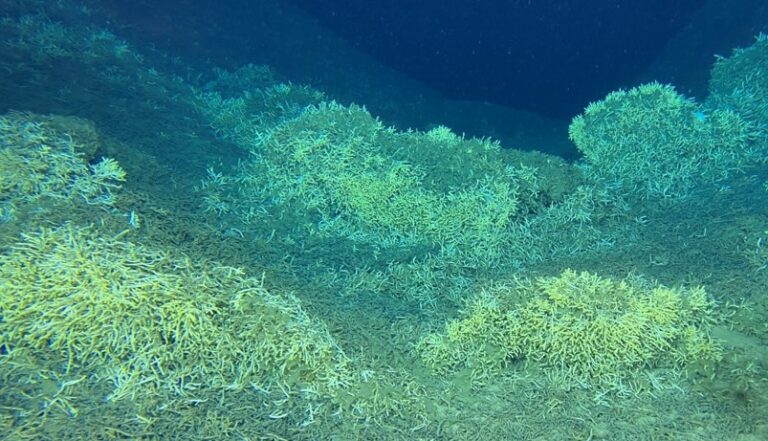
Marine Science



